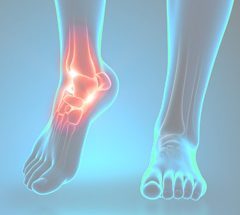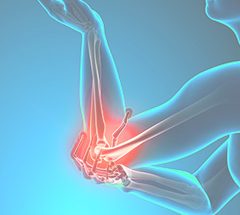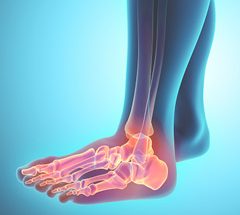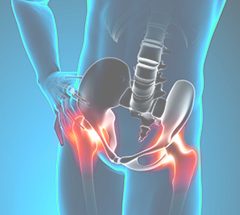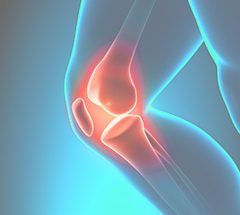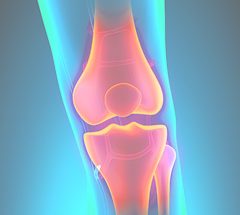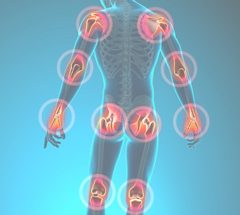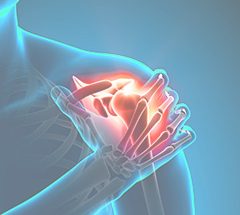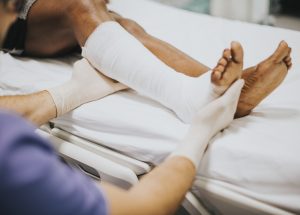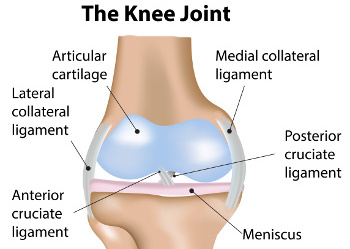
Without our knees we would all walk like straight-legged zombies, a funny image indeed. Our knees are what allow us to walk like normal human beings. Thus, the importance of our knees should not be undermined. Our knees are made up of many parts, and a crucial piece of the puzzle for optimal knee function is the meniscus. The meniscus gives the knee the shock absorption and stability that is absolutely necessary for proper function. It also provides proper translation and rotation of the knee, because of this a meniscus tear can be both painful and debilitating.
Let’s stop and think about the knee for a second. Walking, running, jumping, bending, and twisting are daily activities in the life of a knee, and according to the facts above, these functions are permitted by the menisci. Thus, it would seem that the menisci are arguably one of the most important parts of the knee. So imagine how detrimental menisci injury can be.
It would seem that identification and repair of meniscal damage is of the utmost importance to the proper function of the knee. Although very important, meniscus tears can often be hard to identify. Before we determine how to identify and repair meniscus injuries, let’s first dive deeper into the menisci itself.
Meniscus tear risk factors
The menisci are two pieces of fibrocartilage that fit together in a crescent shape and surround the medial and lateral tibial plateau. In other words, these pieces of cartilage form a sort of padding in between the shin and femur bones, creating a shock-absorbing pad that protects the knee from extreme wear and tear. These pieces of cartilage are so tough that they can absorb between 40% and 70% of the force generated on the knee.
However, like any strong force the menisci too have a breaking point. Injury risk factors include: increased body weight, gender, sudden twist of the knee, direct contact, high activity level, degeneration, and varus deformity. Once an injury occurs, the meniscal tear can come in different forms: posterior tear, anterior tear, or lateral tear. Posterior tears and lateral tears occur most often as a result of overuse or sports injuries, while anterior tears occur more often after ACL reconstruction surgery.
Although this injury is common, identification can sometimes be difficult. Let’s examine the best way to identify a tear.
Tear Identification
Usually when the meniscus is torn people feel a pop in the knee area. Most people are able to continue walking on their injured knee, but after a few days the knee will become too stiff and swollen to continue normal activities.
So, aside from the swelling, how do you identify a meniscus tear? First, your doctor may perform a McMurray test, in which they will bend, straighten, and rotate your knee. This puts tension on the torn meniscus, causing a clicking sound to be heard, if a tear is present. Your doctor may also order X-rays or an MRI. However, MRIs are only partially successful at identifying posterior and anterior tears. The best way to do so definitively is through visual arthroscopy and/or probing of the meniscal roots to assess their integrity. Once the tear has been identified, it is then necessary to treat the injury.
Treatment and Rehabilitation
Depending on the magnitude and location of the tear, your doctor will prescribe the treatment that best fits you.
Tears on the outside of the meniscus have a rich blood supply and will heal on their own, or if extremely severe may require a small surgery. However, tears on the inner part of the meniscus lack a good blood supply. This means these tears lack proper nutrients, which inhibits the healing process, and thus requires surgery. Age, activity level, physiology are also factors that determine the type of treatment your doctor will suggest.
For patients with tears on the outside of the meniscus or patients who have suffered a tear as a result of arthritis, the likely treatment will be as follows: physical therapy, activity modification, and anti-inflammatory medication. Patients with arthritic tears often do not receive surgery because the procedure cannot reverse the arthritis that caused the tear. There is also a larger risk of re-tear in patients with arthritis. For that reason, these patients fall into the nonsurgical treatment category.
Surgical repair of meniscus tears is most common with acute tears as a result of injury or extremely minimal arthritis within the knee. The most commonly used surgical technique is a knee arthroscopy. In an arthroscopy a miniature camera is inserted through a tiny incision into the knee. This provides the surgeon with a full view of the knee without having to make a large incision. This type of surgery is considered minimally invasive and comes with less scarring, less risk of infection, and less recovery time.
Once the camera is in place, your surgeon will then insert small surgical instruments into the knee through other small incisions to trim or repair the tear. Depending on the type of meniscus tear, one of two different procedures will be utilized to treat the injury. The first is a partial meniscectomy, in which the damaged portion of the meniscus is trimmed away. Meniscus repair is the other option where the tear is repaired by stitching the torn pieces together.
Following the norm after any surgery, your doctor will then put your knee in a brace or cast to stabilize the joint. You may even be put on crutches to keep weight off of your knee for the first week. Once the initial surgical wounds have healed you will begin a series of rehabilitation exercises to restore mobility and strength to your knee. Range of motion exercises will be the primary focus and as the knee gets stronger, strengthening exercises will be added.
Overall rehabilitation takes 3 months or less. Because meniscus injuries are so common they are nothing to fear. If you know how to properly identify the injury and you take the proper orthopedic action there is no reason why you wont be able to return to your normal activities quickly.
Citations:
Lowe, Walter R., and David B. Doherty. “Meniscal Root Tears: Identification and Repair.” The American Journal of Orthopedics 45.3 (2016): 183-87.
“Meniscus Tears.” American Academy of Orthopedic Surgeons. AAOS, Mar. 2014. Web. 06 Apr. 2016. <http://orthoinfo.aaos.org/topic.cfm?topic=a00358>.

